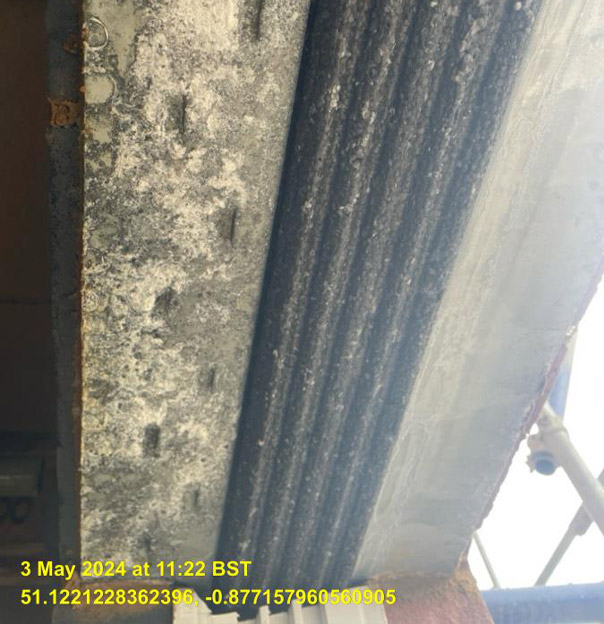
Thermal Bridging
Home > Thermal Bridging
What is Thermal Bridging
Thermal bridges are areas where heat flows more easily through the building envelope due to breaks or weaknesses in the insulation layer. These commonly occur where two building elements meet or where materials with different thermal properties connect, creating a pathway for heat loss.
In both SAP and SBEM calculations, thermal bridging is a key factor in demonstrating compliance with Building Regulations Part L. Accurately calculating thermal bridging ensures your building’s energy performance is properly assessed and avoids unexpected compliance failures.

Types of Thermal Bridges
1. Repeating Thermal Bridges
Regularly spaced interruptions in insulation, such as wall ties or timber studs, accounted for within U-value calculations.
2. Linear (Non-Repeating) Thermal Bridges
Occur around windows, doors, or where structural elements penetrate insulation. Heat loss is calculated using Psi-values (Ψ-values), which, when multiplied by junction lengths, give the total linear heat loss.
3. Geometrical Thermal Bridges
Arise where building planes intersect, such as external corners, creating areas with increased heat loss due to geometry.
4. Point Thermal Bridges
Localised penetrations such as steel beams, brackets, fixings, or flues. Heat loss from point bridges is assessed using Chi-values (χ-values) and included within U-value adjustments.
Why accurate Thermal Bridging Calculations are Important?
Using default Psi-values in SAP and SBEM calculations often results in higher calculated heat losses, making it harder to achieve Part L compliance and increasing predicted energy bills. Calculated Psi-values, determined through detailed thermal modelling, provide more realistic and often more favourable results.

How can SEES help?
At SEES, our experienced assessors carry out thermal bridging calculations in accordance with BR497, producing precise Psi-values for your project. We provide:
- Detailed thermal bridge assessments to optimise SAP and SBEM results.
- Advice on design improvements to reduce thermal bridging where possible.
- Reports compliant with Building Regulations Part L to support your project approvals.
We calculate both 2D and 3D thermal bridges using Physibel Trisco software to ensure precise and reliable results.
Are you Ready to Improve your Project’s Energy Performance?
Our thermal bridging calculations can enhance your building’s energy efficiency, reduce compliance risks, and improve overall sustainability outcomes.
Contact SEES today to discuss your thermal bridging requirements and unlock better results for your next project.


